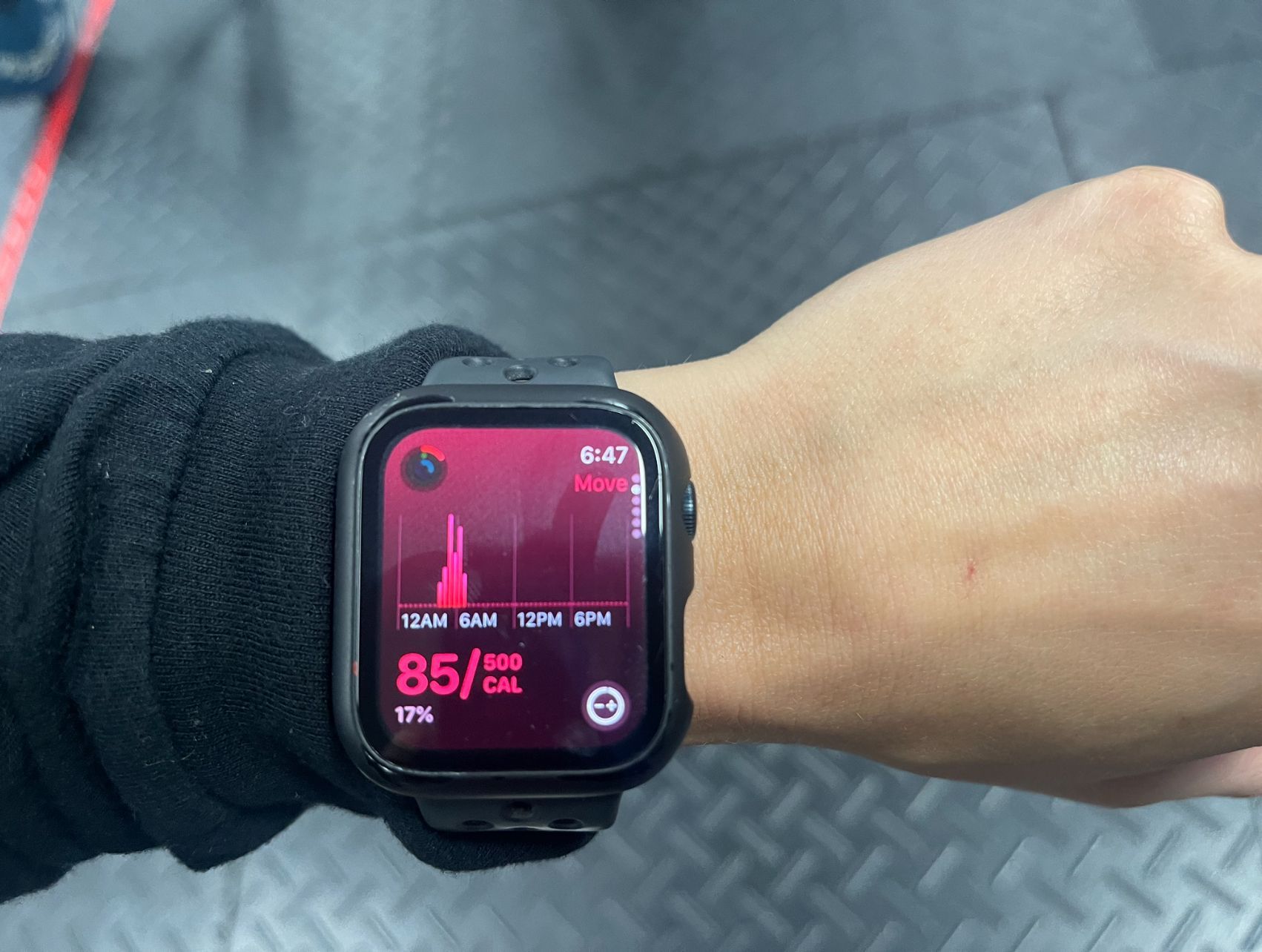Phytic Acid, The Mineral Reducer
Do you soak or sprout your seeds, grains, nuts and legumes?
Is it to help improve their digestibility? To help increase their nutrition?
Perhaps, it’s to reduce phytic acid?
Phytic acid is naturally present in most nuts, seeds, grains and legumes; it is the plant’s storage form of the mineral phosphorus and is used as energy when the plant starts to grow.
The highest levels of phytic acid are found in rice bran, wheat bran, wheat germ, almonds, and walnuts.
Phytic acid and minerals
Have you heard of phytic acid being referred to as an “anti-nutrient?”
Phytic acid binds to the minerals iron, zinc, and calcium preventing them from being fully absorbed when eaten; this is why phytic acid is known as a “mineral reducer.”
FUN FACT: Phytic acid’s effects only apply to mineral-containing foods in the current meal. Once digested, there is no mineral reduction on any future meals and there is no impact to the minerals your body has already absorbed.
Phytic acid’s health benefits
Phytic acid isn’t all bad – it has some health benefits too.
It can act as an antioxidant. It can also help reduce your risk of kidney stones, heart disease, and even some cancers.
Because it loves minerals (which are metals), phytic acid in your gut can also bind to any heavy metals (the metals we don’t want too much of) that may have hitched a ride with your food.
How to reduce phytic acid
As you can see, phytic acid shouldn’t be a huge concern, unless your main foods at most meals are nuts, seeds, grains, and legumes. Because many of these are nutritious foods, you probably don’t want to cut all of them completely out of your diet.
Considering both the good and bad properties of phytic acid, you may still want to reduce how much you consume. Maybe you want to increase your mineral intake. If so, here are two popular methods to naturally reduce phytic acid:
- Soaking – Place nuts, seeds, grains or legumes in a bowl, cover with water and leave overnight. Then drain the water and rinse before eating or preparing.
- Sprouting – After soaking, draining, and rinsing, place damp nuts, seeds, grains or legumes into a container that’s exposed to the air (like a mason jar with a mesh lid). Every 8 hours or so, re-rinse them and drain the water. Continue doing this for a few days until you see sprouts peeking out.
Why do soaking and sprouting help reduce phytic acid in certain foods? It
is because being wet is a “sign” to leave their dormant (dry) state and start a new life. Enzymes activated during soaking and sprouting deactivate phytic acid to use its energy and stored minerals for the plant as it begins to grow.
Conclusion
Phytic acid has a bad rap as a mineral reducer. It’s found in nuts, seeds, grains, and legumes. Yes, it most definitely prevents absorption of critical minerals like iron, zinc, and calcium, if they’re in your gut at the same time. Phytic acid in food can become a health concern if you are deficient in these minerals, or if your diet is largely based on nuts, seeds, grains, and legumes.
But, if you eat a varied diet, then phytic acid shouldn’t be as much of a concern. In fact, phytic acid does have some health benefits.
If you want to reduce it in your food, you can soak or sprout your nuts, seeds, grains, and legumes.
Recipe (soaked almonds): Almond Vanilla Latte Smoothie
Serves 1
¼ cup almonds, soaked overnight & rinsed
½ cup coconut milk
½ cup strong coffee, cold (or chai tea if you prefer)
½ banana, frozen
1 tsp vanilla extract
Add all ingredients to a blender and blend on high until almonds are smooth.
Add ice, if desired
Serve & enjoy!
Tip: By using soaked almonds, they tend to blend up smoother than hard and crunchy dry almonds do.
References:
The post Phytic Acid, The Mineral Reducer appeared first on No Limits Fitness.
About No Limits
No Limits Fitness provides step-by-step programs to help busy adults get the body they’ve always wanted, without restrictive diets or time-consuming workouts, so they can lead more fulfilling lives. Life is a much better experience in a strong, healthy body!
Recent Posts



Luci
Doug
Tasha
No Limits Fitness helps busy professionals lose weight, get stronger and have more energy so they can lead the lives of their dreams...even if they've tried before and failed.
SERVICES
CONTACT INFORMATION
All Rights Reserved | No Limits Fitness | Privacy Policy
